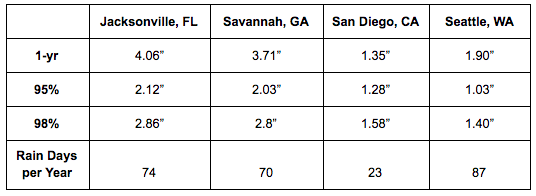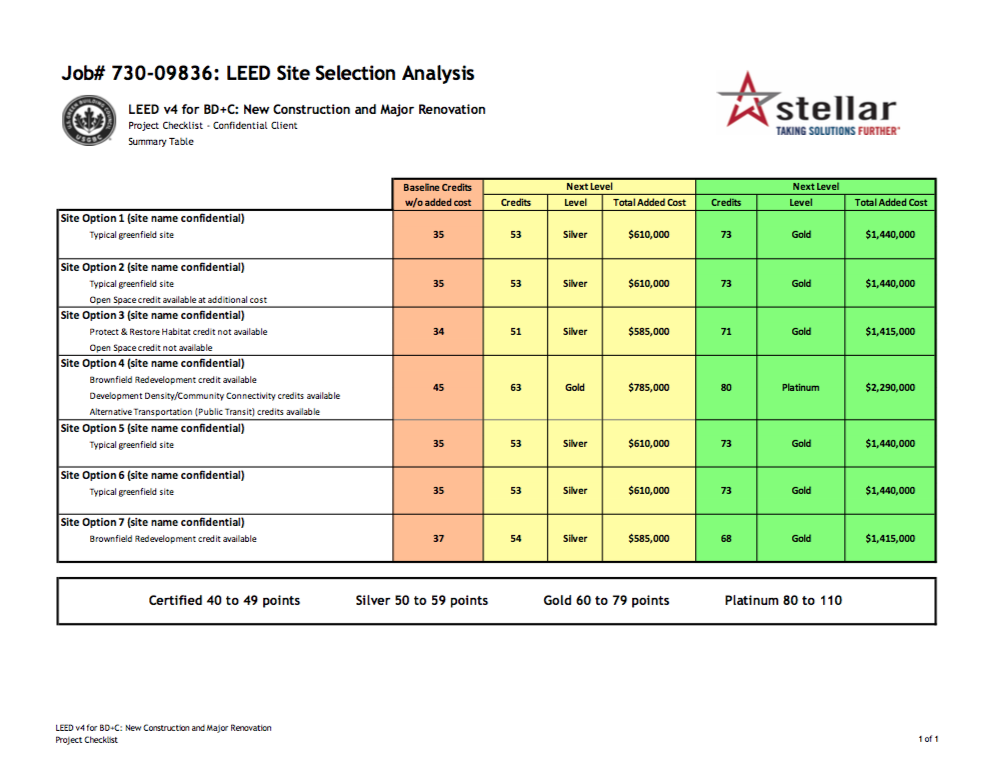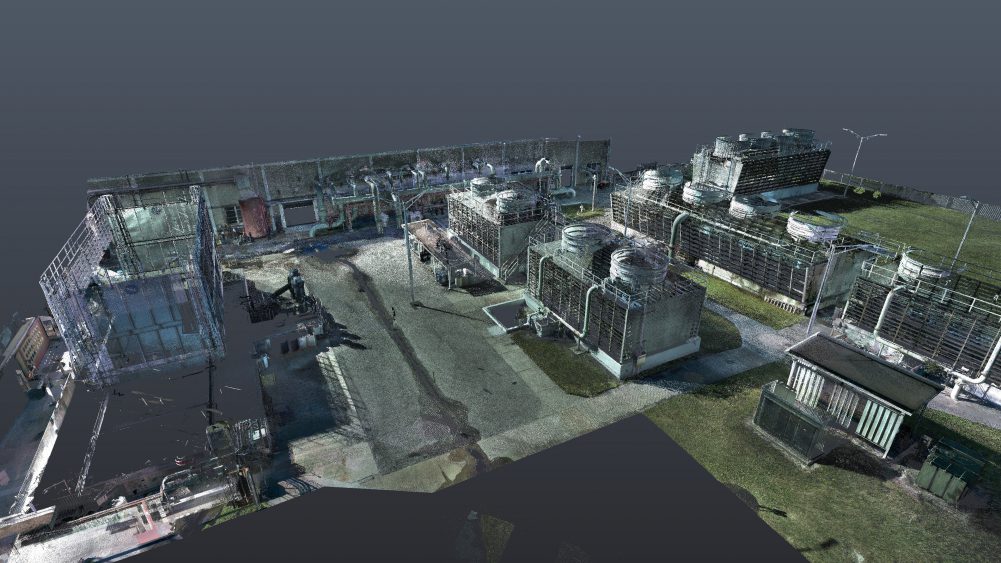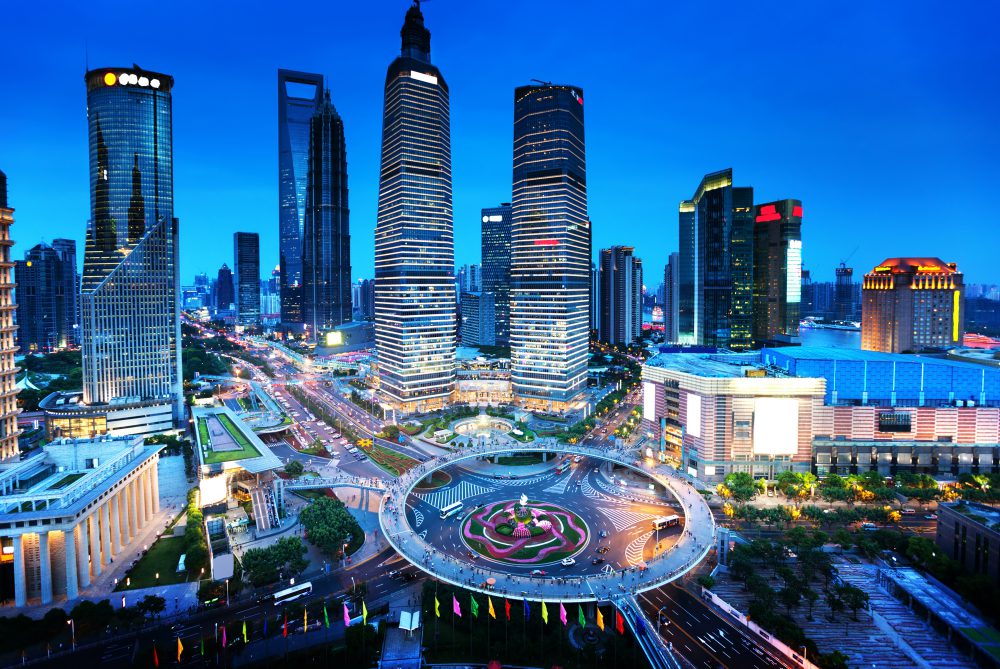6 Points, One Stone: How Low-Impact Development (LID) Can Help Achieve LEED Certification
If you’re not familiar with low-impact development (LID), you may want to keep reading before building your next facility or warehouse. Thanks to recent changes in LEED requirements, we’re going to see an increase in projects utilizing LID in the near future.
What exactly is low-impact development? How can you make the most of LID and maximize it when applying for LEED certification? Let’s unpack what it means for your next project.











![[Infographic] Installing Packaged Refrigeration vs. Traditional Systems](https://stellarfoodforthought.net/wp-content/uploads/2018/02/Packaged-refrigeration.png)

